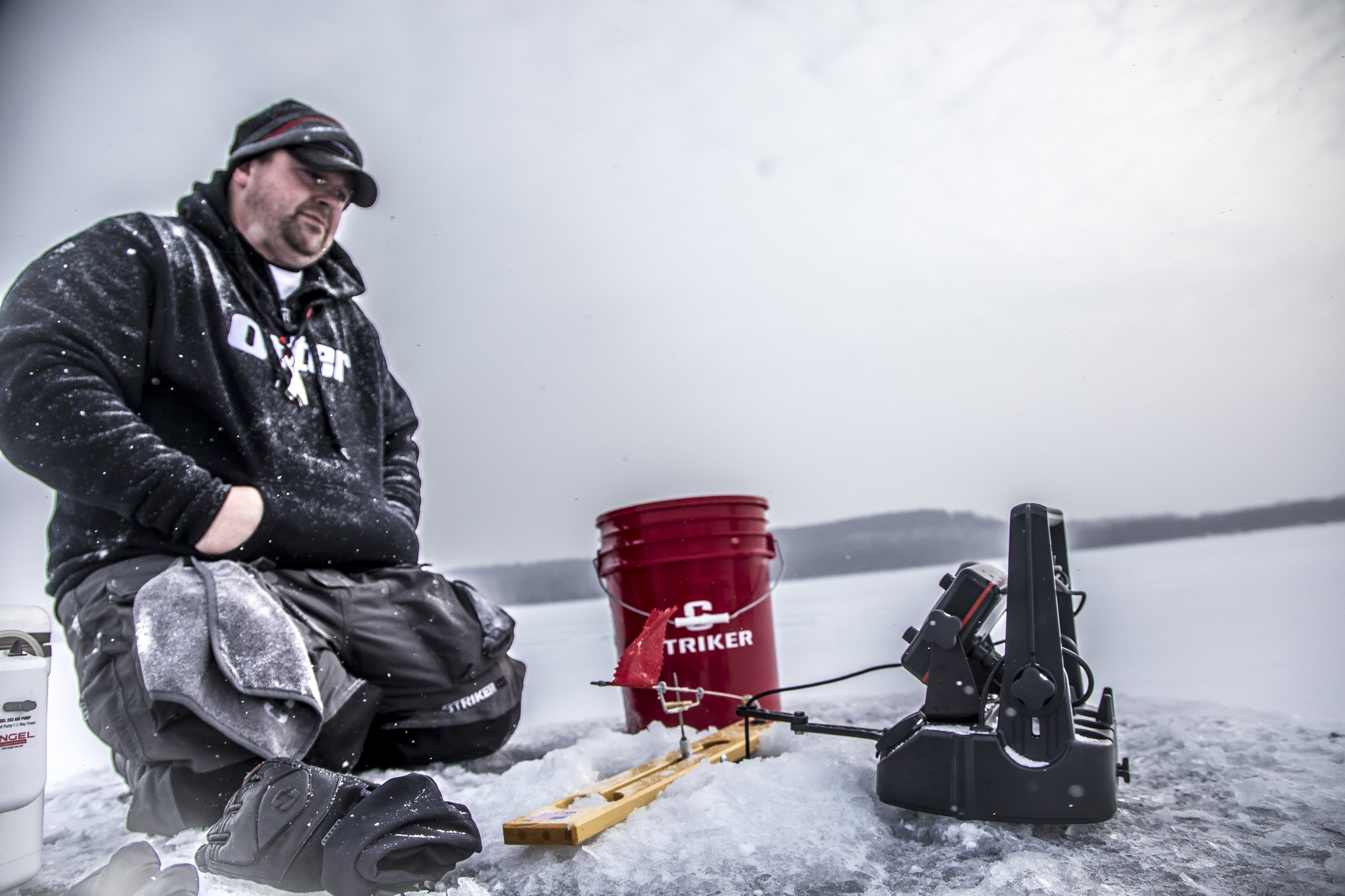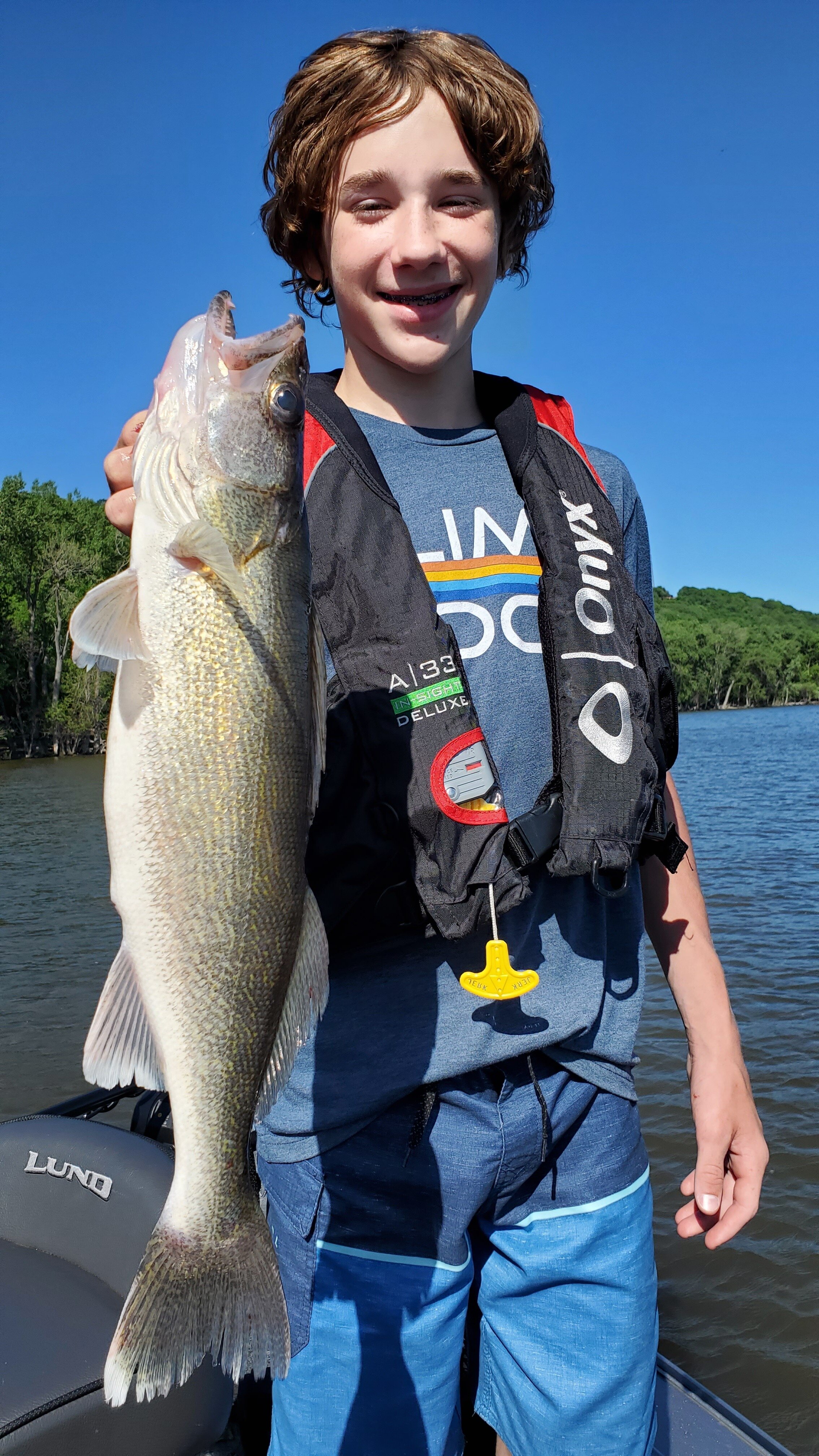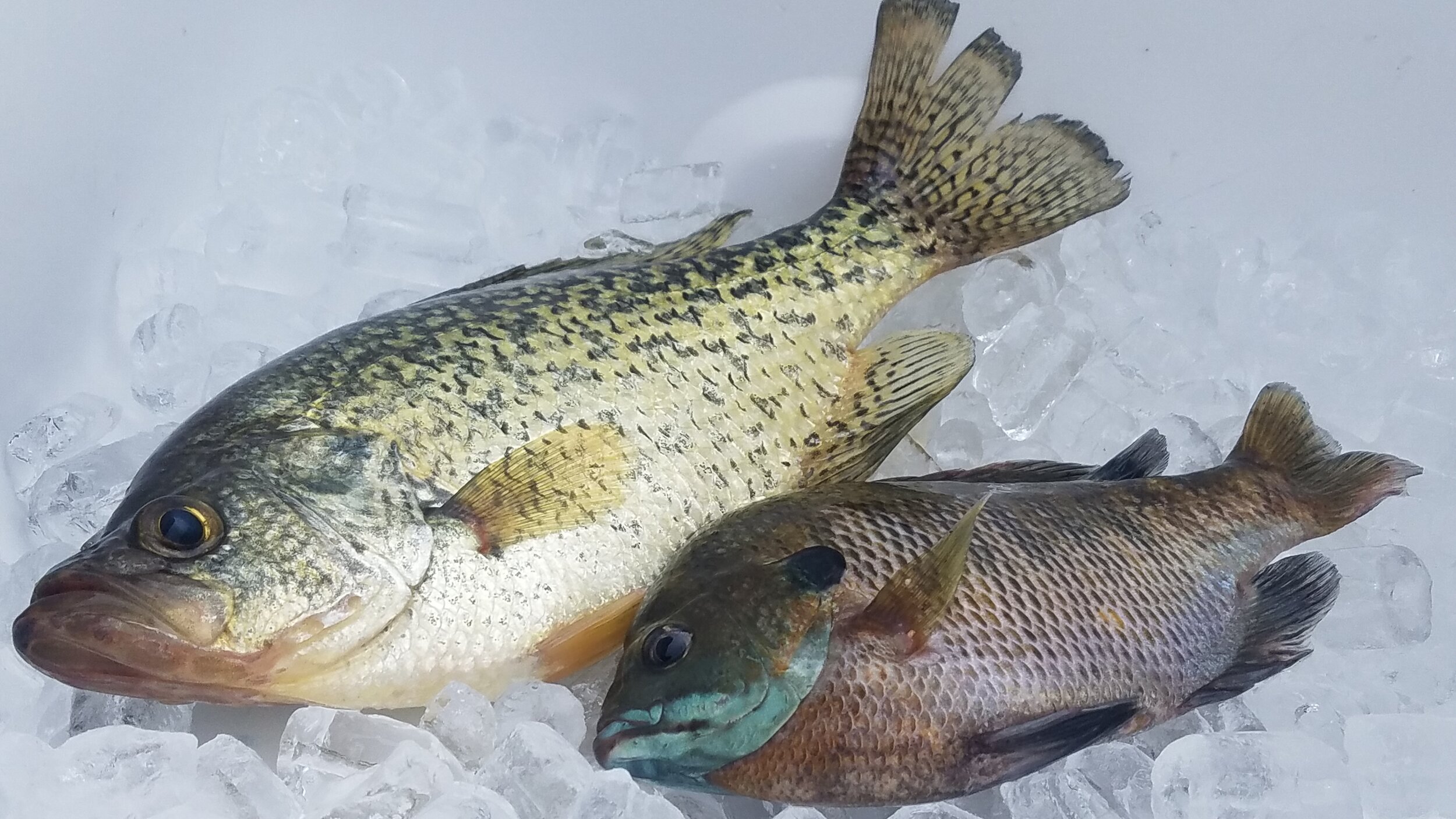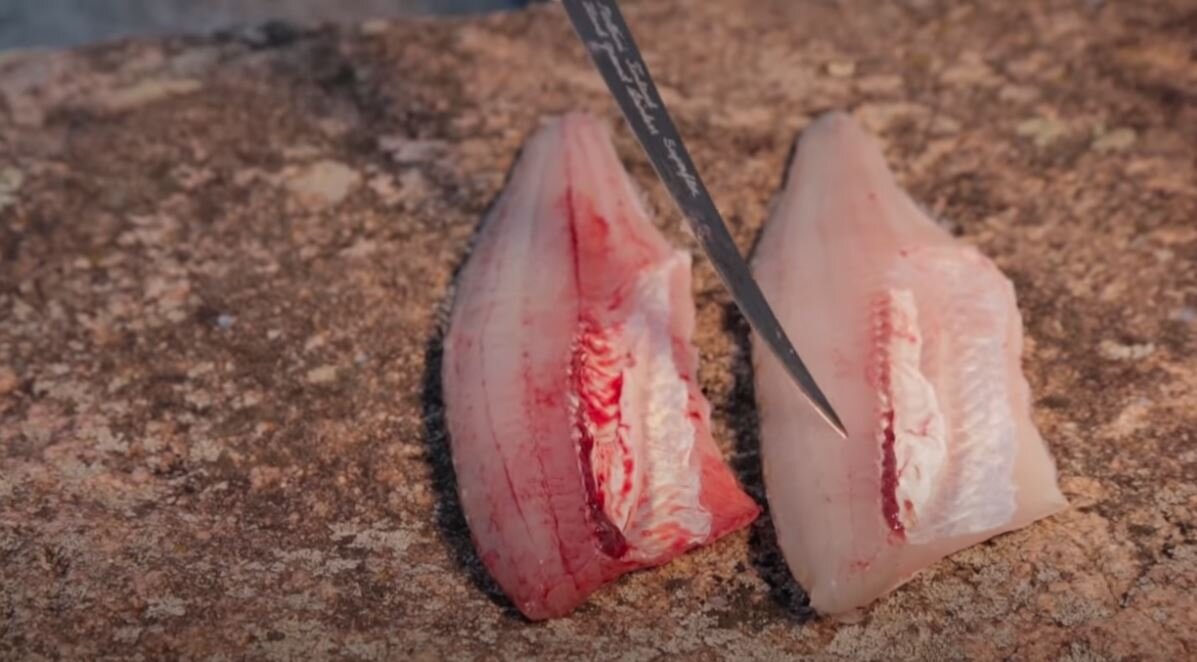Photo Credit - Matt Addington Photography
Gear in Photo -
Ice fishing is likely the fastest growing segment in all of sport fishing. That’s in no small part due to the development in creature comforts that have fundamentally changed the mechanics of the sport. A five-gallon bucket has turned into any number of portable or permanent structures with a built-in seat. The massive, exhaust-spewing power augers of old are now odor-free, lightweight electric powerhouses that drill many dozens of holes on a single charge. Bib overalls and flannel have given way to ice-specific suits that are ergonomically designed for the rigors of the sport.
Maybe all you’ve added to the arsenal in the past few years is a couple jigs, or maybe you’re coming back into the sport after a hiatus of a few years. Even if you keep your ear to the ice every season, it's often wise to let first-year products enjoy a few cycles before investing in a dead end. That said, each of the categories below are tried, tested, and true technologies that I see only advancing rather then retreating.
Here’s a top-five list of the best categories to upgrade this year if you’ve been reticent to get on the modern ice bandwagon:
1. Electric Auger – Today’s electric augers are major contenders in the space. Unless you’re drilling in extremely thick ice, or hundreds of holes per session, you may likely already own one. No mixed gas or smoke-filled permanents are another major advantage of the tech. Add to that, that trend towards lighter-weight options, and you’re no longer looking at 40 pound steel grinders that you have to prime, pull, and maintain a carburetor on. Click “on,” and flick a switch to drill. I’m running a new electric auger this year that I tried at the end of last season and really liked. Fastest and lightest electric i’ve ever used, and it re-drills old holes and rough ice with ease!.
2. Custom Ice Rods – Go ahead, live a little. More importantly, take the species and situation you face most often, and select an appropriate tool for the job. These days, custom ice rods are expressly made to solve problems on the ice, and give you, the angler, the upper hand. Whether you fish shallow water for gills, or deep rock lakers, there’s a custom rod for you that will be lighter, more sensitive, and plain catch more fish than any of your other sticks combined. While they can be expensive, they’re a mere fraction of their open-water counterparts, and worth the money in my opinion. I helped design and develop the Croix Custom Ice Lineup by St. Croix Rods. Check them out here, or read up to find the perfect CCI for you!
3. Floating Ice Fishing Suit – Whether you tempt the fates with early and late ice excursions or not, talk to 10 ice anglers and each of them will have a different story about ice that should’ve been safe and wasn’t. For your troubles, you’ll get a bib and jacket combination that holds tackle boxes and bait pucks exactly where you’ll need them, and will have padding in the places an ice angler requires. Not to mention, with venting technologies and the quality of garments out there, you’ll be comfortable no matter the temperature. I wear the Striker Predator bibs and jacket for safety as much as comfort. For the ultimate in comfort and warmth anywhere, I opt for the Striker Climate bibs and jacket.
4. Digital/Lithium Sonar Technology – I’m a big fan of the analog units out there, as they’ve stood the test of time and caught gobs of fish doing it. Still, the advantages of digital sonar can’t be ignored. Customizable views allow you to set up a screen however you like, while maximizing the real-estate offered for only the fish-catching information that’s interesting to you. While you’re at it, you should power your electronics with a lithium battery. All the rage in everything from electric cars to power drills, your electric ice-auger has one because of the incredible long life, weight savings, and cold-weather performance. Lead acid batteries for fish-finders will likely soon become a thing of the past, as manufacturers are now starting to sell their electronics with lithium power onboard. I run both the Lithium LX-7 for a combination of hole-hopping and stationary fishing, and hole hop almost exclusively with my Lithium-powered - M5L.
5. Shelter – No matter what your budget, there’s a great shelter upgrade out there waiting for you. From fully thermal hub-style portables, all the way to fully decked out wheelhouses, there’s never been more choices on the marketplace than we have right now. On the upper end, with increased materials costs, borrowing rates, and tariffs, wheelhouses and the like will probably only continue to go up in price so this could be a good year if you were already budgeting for one. On the other end of the spectrum, you’ve got incredible performance fabrics and thermal insulation that makes hub and flip-style shelters remarkably durable and easy to heat. I run an Otter XT X-Over series and have been really liking the side-entry feature on the X-Over editions. For the hub angler, the XT Lodge Hub has been perfect for my family.
While a part of me loves the nostalgia of frozen days gone by, ice fishing is more enjoyable when you’re warm and comfortable. Catching fish while doing so has no doubt led countless new people to the sport.









